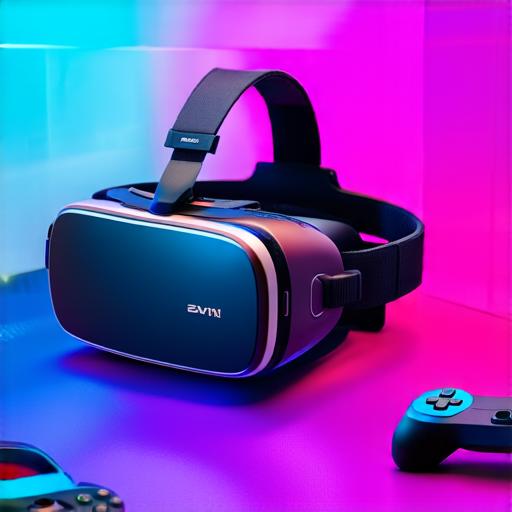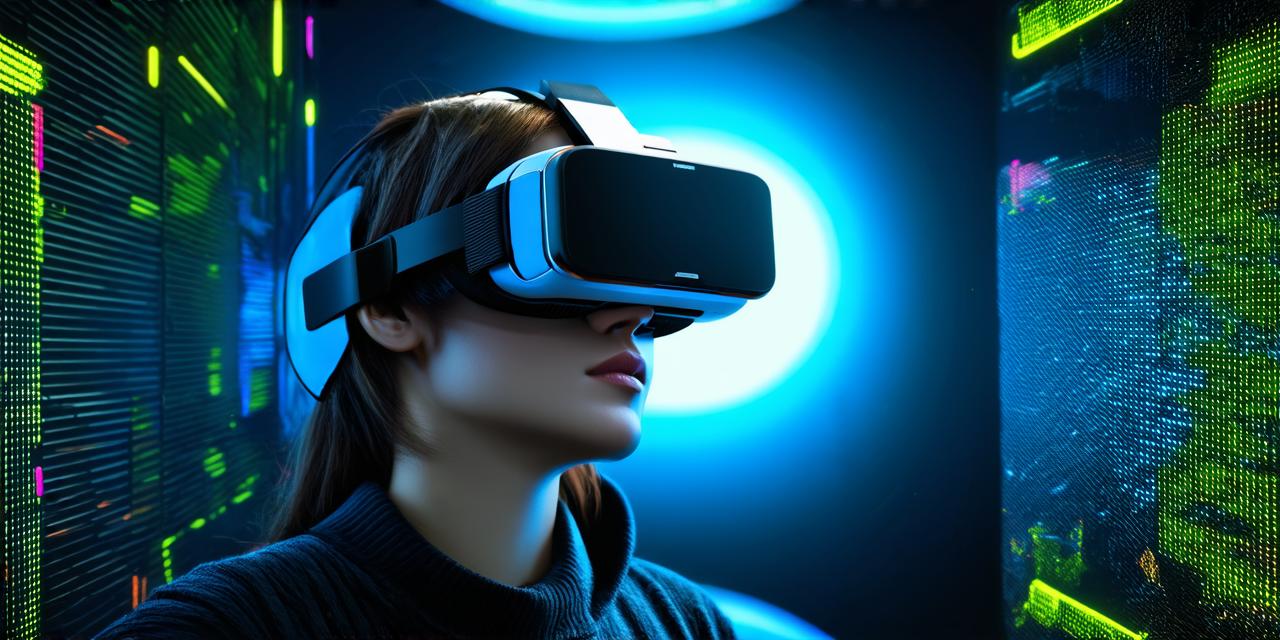What is Virtual Reality?
Virtual reality is a computer-generated simulation of a 3D environment that can be interacted with using specialized equipment such as headsets, gloves or hand controllers, and motion tracking sensors. The goal of VR is to create a sense of presence in the simulated environment, allowing users to feel like they are physically present in the virtual world.
The Potential of VR Technology
Virtual reality technology has the potential to revolutionize a wide range of industries, including gaming, education, healthcare, and more. Here are just a few examples:

- Gaming
- Education
- Healthcare
- Tourism
- Training and Simulation
Case Studies and Personal Experiences
One of the best ways to understand the potential of VR technology is to look at real-world examples of how it has been used successfully.
Virtual Reality Gaming
In 2018, Beat Saber was released on virtual reality platforms and quickly became a massive hit. By providing an immersive and engaging gaming experience, Beat Saber has helped to drive the popularity of VR gaming and pave the way for future innovations in the field.
Virtual Reality Education
In 2019, the University of Maryland launched a virtual reality-based course on archaeology, allowing students to explore ancient Egyptian tombs and artifacts in a realistic virtual environment. By providing hands-on learning experiences, this course has helped to engage students and make history more accessible and engaging.
Virtual Reality Healthcare
In 2018, the Veterans Affairs Department launched a VR program to help veterans with PTSD, providing exposure therapy in a safe and controlled environment. By using virtual reality technology, this program has been able to reach more veterans than traditional in-person therapy, while also reducing the risk of triggering traumatic memories.
Virtual Reality Tourism
In 2019, the National Museum of African American History and Culture launched a virtual tour that allows visitors to explore the museum from the comfort of their own homes. By providing an immersive and engaging experience, this virtual tour has helped to democratize access to the museum and make it more accessible to a wider audience.
Summary
Virtual reality technology has the potential to revolutionize a wide range of industries, from gaming and education to healthcare and tourism. While there are limitations to the technology, these can be overcome with continued innovation and development. By embracing the full potential of virtual reality, developers can create immersive experiences that were previously impossible, and help to shape the future of the digital world.
FAQs
What is virtual reality?
Virtual reality is a computer-generated simulation of a 3D environment that can be interacted with using specialized equipment such as headsets, gloves or hand controllers, and motion tracking sensors. The goal of VR is to create a sense of presence in the simulated environment, allowing users to feel like they are physically present in the virtual world.
What are some examples of how virtual reality technology can be used?
Virtual reality can be used in a wide range of industries, including gaming, education, healthcare, tourism, and more. Some examples include virtual reality gaming, virtual reality education, virtual reality healthcare, virtual reality tourism, and virtual reality training and simulation.
What are some limitations to virtual reality technology?
Virtual reality technology can be expensive to develop and maintain, which can make it difficult for smaller businesses and organizations to get started. Some individuals may experience discomfort or motion sickness when using virtual reality technology, while technical limitations such as limited resolution and inaccurate motion tracking can also affect the overall experience.
